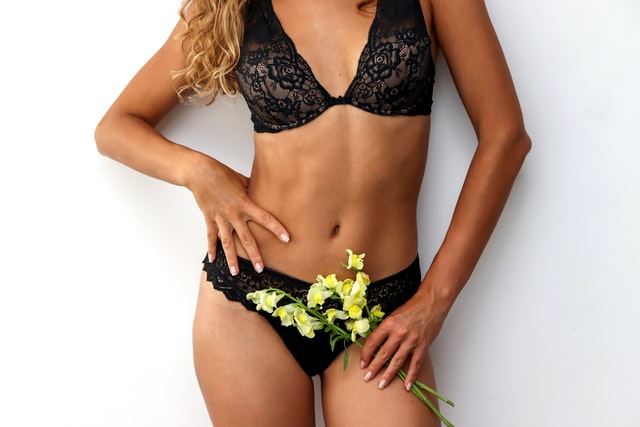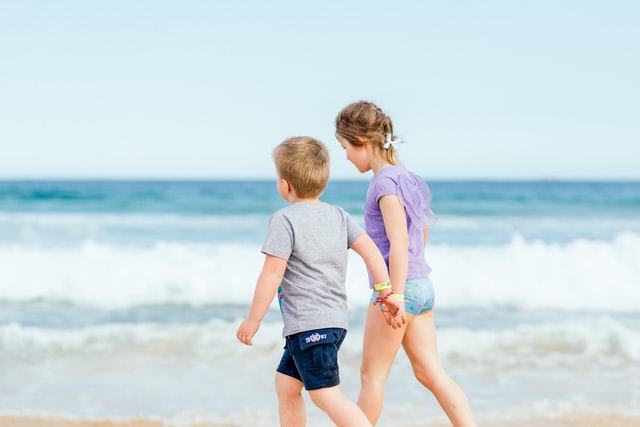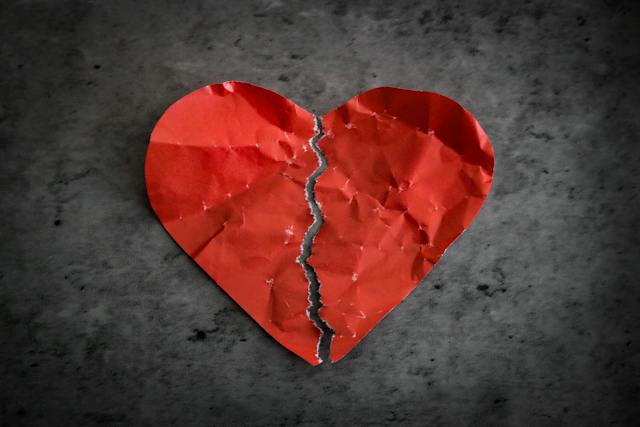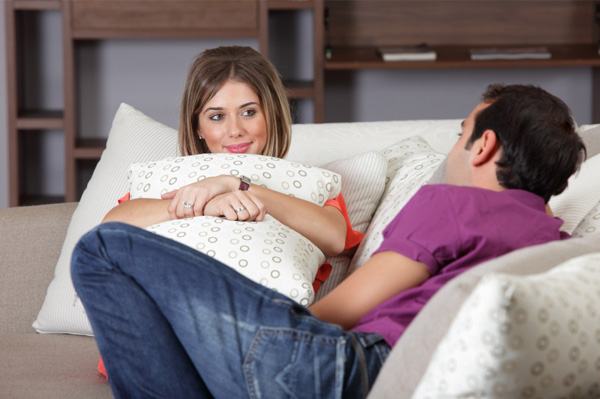Choosing the color of clothes from the point of view of psychology!
Color Psychology In Choosing Clothes. Psychologists all over the world reasonably argue that the choice of the color of clothing indicates at least the momentary mood of a person, and as a maximum, his vision of himself in society. After all, it has been proven that the brain perceives colors differently and associates them with certain feelings and situations.

What is the psychology of color in choosing clothes?
The psychology of color in choosing clothes explains the choice of a particular color from two points of view:
- The first is the internal state of a person (intuitive choice);
- The second is the impression that the individual wants to make on others (a conscious choice).
Often, people subconsciously choose the color of their clothes, depending on the psychological state caused by various troubles. It can be troubling at work, frequent conflicts in the family, or simply the mental anguish of a person who has not found himself in this life.
With the help of dress psychology, you can manipulate the mood of the public, up to inclination to the desired point of view. Public people regularly use this, paying a lot of attention to their wardrobe.
The value of the color of clothes in psychology
What’s about all the color psychology in choosing clothes? Psychology believes that the contemplation of color affects the human psyche, up to sudden mood swings. Therefore, it is important to choose an outfit so that it does not irritate either the owner or those around him during the day.
Red
Psychology considers a lover of red in clothes as an extraordinary, strong personality with pronounced leadership qualities. It is the color of love and passion, on the one hand, and aggression, on the other. A person who prefers red is impulsive, ambitious, often assertive, and selfish.
Blue
Blue is associated with the sky, elevation, spirituality. Blue inspires trust and respect, promotes a sense of peace. People who wear blue clothes are intellectually advanced, creative, and positive. It is easy to find a common language with them and establish contact.
Orange
Although orange hues in the spectrum coexist with reds, this color has the opposite meaning. Orange lovers are intellectually developed, active, good-natured, and sociable. A rich orange tone is difficult for the brain, causing psychological exhaustion, therefore, such tones should be worn with care.
Yellow
In psychology, yellow in clothes is associated with the sun, warmth, cheerfulness. Yellow has a positive effect on mental activity, combats chronic fatigue, prolonged depression. People who love this shade are always in a good mood, open and sociable. However, they are often very critical of themselves and others.
Green
Green symbolizes assertiveness, toughness, and firmness. The choice of green clothes speaks of a person’s desire for constancy, his desire to assert himself. At the same time, lovers of green subconsciously want to please others, they lack public recognition.
Blue
Blue has a twofold effect on the human psyche. On the one hand, this color calms, on the other hand, if not diluted with other tones, it causes anxiety and even a state of depression. People who choose blue outfits are reliable and calm.
Lilac
Lilac color in clothes psychologically causes anxiety and anxiety in others. You should not wear lilac tones when going to negotiations, since the interlocutor has rejected. Lilac lovers are people prone to melancholy and depression. Surrounding themselves with lilac tones, they unconsciously plunge into a state of depression deeper and deeper.
Purple
The psychology of purple in clothes speaks of a person’s desire to be realized in this life. People who prefer purple shades are self-critical, prone to self-control, at the same time they are in dire need of support and support. They are sentimental and sensitive. Saturated violet shades can cause apathy, as they noticeably put pressure on the psyche.
Pink
Pink shades relieve irritation, pacify anger, and have a relaxing effect on the psyche. Lovers of pink tones need protection and love. Such people are highly excitable and often fall into anxiety for any reason. They are frivolous, looking for vivid sensations and impressions.
Grey
Psychology explains the choice of gray color in clothes by the desire not to stand out, to be inconspicuous. People who dress in shades of gray are afraid to be seen and often have low self-esteem. At the same time, they are open, good-natured, responsible, you can rely on them and trust them.
White
In psychology, white clothing is associated with purity and perfection. People who often wear white clothes are neat, punctual, decent, and sincere with others. This color has a positive effect on the human psyche, disposes to itself, it is not for nothing that medical workers wear white coats.
The Black
Psychology explains the excess of black color in clothes by self-doubt, a desire to hide from the surrounding reality. This often indicates mental anguish, inner depression, melancholy, and a state close to depression. However, this is not always the case. Psychology explains the black color in a woman’s clothes by aggressiveness towards others. By this, she wants to show independence and self-sufficiency. For men, it is a symbol of severity, efficiency, practicality.
Brown
Brown clothing in psychology symbolizes the earth, life, fertility. People who prefer brown tones clearly know their goals and go to them. Success-oriented, down-to-earth and serious, with an easygoing attitude towards dreamers. Brown brings a sense of stability, suppresses anxiety and anxiety.
The concept of warm and cold colors in psychology

Color psychology in choosing clothes of warm and cold colors, Psychologically, a person divides all shades into warm and cold. Warm – shades with a predominance of red and yellow. Cold – shades with a predominance of blue and green.
To perceive warm tones, the human eye spends more energy, because these tones have the longest wavelength. The outfit, which is dominated by warm colors, stimulates the brain, at the same time increases the heart rate and breathing. Therefore, excitable people should not wear clothes in rich warm colors.
Cold tones, on the other hand, have a short wavelength and are easily perceived by the eye. Clothing with a predominance of cold color soothes, slows down metabolism, protects from rash, impulsive actions.
The psychology of color in men’s clothing

Color psychology in choosing clothes for men, The choice of a particular shade by a man indicates his life aspirations and a desire to make a certain impression on others.
Psychology considers the presence of red in a man’s clothes as his desire to show his superiority over others. It is a symbol of power. Often wearing red, a man seeks to attract the attention of a lady he likes.
The psychology of black clothing speaks of the strength of character and iron will. By dressing in black, a man demonstrates his determination and imperiousness.
Blue tones will give a man seriousness, help to win the trust and sympathy of others.
The psychology of color in women’s clothing

Color psychology in choosing clothes for women’s, Women devote significantly more time to choosing a wardrobe than men. Intuitively, with the help of the basic tone of the outfit, they convey to those around them their desire to either stand out or go into the shadows.
For example, the predominance of red in a woman’s clothes speaks of her unconscious impact on the surrounding men. By this, the girl tries to look more attractive in the eyes of the stronger sex, which indicates her dissatisfaction with her personal life. Nevertheless, dark and pastel colors do not always indicate depression, because in many ways the choice of outfit is influenced by both the momentary mood and the character of a person.
In addition, women of all ages are inherently quite emotional and are able to acquire a thing that is completely uncharacteristic for them. That is why the wardrobe of almost every woman is often replete with colors and, depending on the mood, the style changes.
The psychology of color in children’s clothing

Color psychology in choosing clothes for children’s, The psychology of color in a child’s clothes has a very subtle effect on the child’s psyche. Children are more acute than adults perceive the shades around them, therefore, in the choice of children’s things, you need to be careful. Too bright colors can cause anxiety in the baby, he will be capricious and cry.
Until one year old, it is not recommended to dress the child in red, orange, and purple tones. They suppress the psyche and negatively affect the development of the child. Yellow, pink, and blue shades are ideal. They soothe, give a feeling of warmth and tenderness.
The correct choice of clothing directly affects the mood of others and creates the first impression of a person. Therefore, this must be taken seriously. After all, people often judge the interlocutor by their appearance, and an incorrectly chosen wardrobe can ruin everything.
#Color Psychology In Interior Design #Psychology of Color in Choosing Clothes #LovePsychologys

